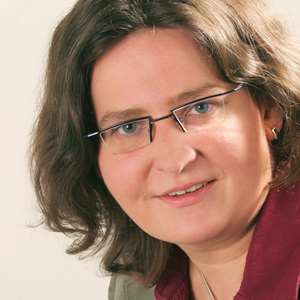The project is part of Thematic Area 1: Cared-for life
In the case study Archaeology of Death Revisited biological death is considered one of the few universal experiences of human existence, which nevertheless represents an incomprehensible event for the living. For this very reason, death, the dead, and the post-mortem can be seen as central challenges not only for the individual but also for socio-cultural communities. The ambivalence of presence and absence of the dead and things associated with them that occurs with death, as well as the threat posed by the perception of finitude and transience, not infrequently triggers stress, the need for action, and the need for reflection. Because the ideas that people of a certain time in a certain region have about death are always related to their life design and execution, death is a phenomenon of genuine historical and social relevance. The art of dying is thus closely related to the art of living. For in the face of death, we reflect not only on ideas of the afterlife or concepts and practices of ideal dying, but also on the question of what constitutes a fulfilled life. Death and death rituals often serve - also in the course of making memories - as life breviary and admonition for the bereaved. Moreover, they are often linked to statements about the identities of the deceased and also of the burial community. Rituals for the dead often serve to legitimize power, for example, but also to emphasize or conceal differences and commonalities. However, many rites are also intended to help people cope with the fear of separation and grief, and to combat the fear of the dead. But what are the resilience factors involved, and what are the interactions with other challenges, experiences of stress and crisis? During rites of passage, not only does the deceased undergo a process of transformation, but so does the community of the bereaved. Once often viewed as conservative and tradition-based, the transformational potential, especially during the liminal phase of rites of passage, is now emphasized. Therefore, in an interdisciplinary exchange, commonalities and differences as well as the change in conceptions and perceptions of dealing with death and life will be comparatively investigated, thus also making a first contribution in ancient studies to the internationally established field of thanatology.
Position within the Area: The project is in direct exchange with the work of Klaus Lieb, Roland Imhoff, and Rolf van Dick (Stress Management), which, with regard to the Covid-19 pandemic, provides a statistically significant finding on the handling of illness and death from the year 2020 in Germany. The study of ancient burial practices, on the other hand, finds intersections with the research projects of Alexandra W. Busch et al. (resilience factors), Anne Sieverling (Lipari), and Stefan Schreiber (transcorporeality). Comparatively, the coping practices in Byzantium investigated by Sibel Ousta (ideal dying) and Zachary Chitwood (memoria) can also be included.

